“Our investments in business continuity ensured we were able to switch to WFH mode easily once the pandemic struck”
By MYBRANDBOOK
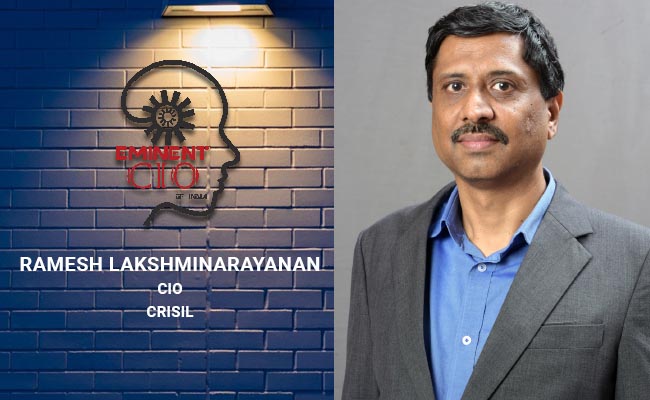
Ramesh Lakshminarayanan
CIO - CRISIL
Key Priorities of 2020
With the Covid-19 pandemic compelling organisations to adopt work from home (WFH), their strategic lens on technology has shifted over the past four months. CRISIL has been agile in adapting to the situation. Our investments in business continuity ensured we were able to switch to WFH mode easily and in quick time once the pandemic struck.
We had invested in remote working technologies such as virtual desktop infrastructure (VDI), virtual private network (VPN) and collaboration tools. These were used in a limited manner before the pandemic, with the focus largely on ensuring a few employees could work from home in emergencies or contingencies. The pandemic meant 100% WFH, which required massive scaling. Fortunately, we had built decent capacities and were able to move to 95%+ productivity from day one.
The second phase threw up a lot of challenges around IT infrastructure with poor home internet connections and lack of end-user computing power. Here again, we acted swiftly to enable most of our employees to switch to broadband connections. We came up with some innovative workarounds such as Wi-Fi adapters for desktops so that employees could use desktops in the absence of laptops. During this phase, we experimented with a number of new solutions such as cloud workspaces (AWS and Azure) and bandwidth optimisers. The cloud workspaces solutions worked well for us and helped us to tide over cases involving onboarding of new employees or breakdown in office devices. Another aspect we focused on during this phase was to introduce collaborative technology solutions that could converge email, chat, video, and secure document transfer through a unified interface. A lot of emphasis was also placed on avoiding digital fatigue. More importantly, we have kept our guard up. We continue to introduce solutions that are a sine qua non for CRISIL, such as data extraction, data mapping, and data summarisation through machine learning and deep learning models. Most of these solutions help cut down the mundane tasks of data organisation and data harmonisation and provide a significant productivity uptick.
Cyber Security
Today, attacks such as ransomware have shown it is not just the financial institutions that are at risk. Instead, any organisation carrying critical data can find its business model severely disrupted.While there is sharper focus on spending on fortification tools, we feel it is time to look beyond these. Therefore, we have recently gone for a very innovative deception technology that is proactive in identifying potential threats. Usage of ML (Machine Learning) for security analytics instead of rule-based detection is also rapidly evolving. A 24*7*365 role of security operations centres is becoming key with a focus on dark-side threats.
Achieving Digitalization
At CRISIL, we have leveraged CHI-2 to effectively build solutions, both on the conventional application development side (programme explained above) and also on the data sciences side by working with a small but niche set of data scientists.


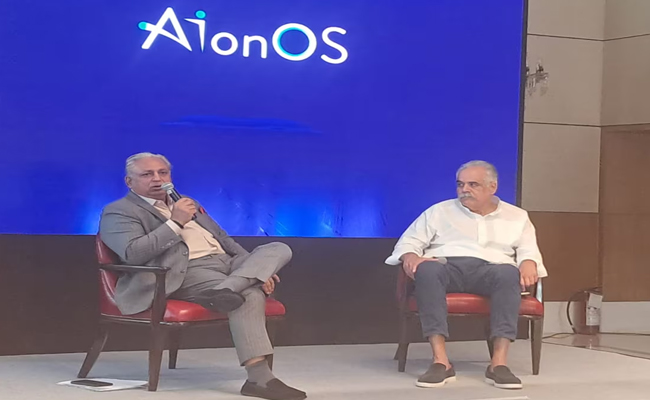
InterGlobe’s Rahul Bhatia and C.P. Gurnani together announce
In a move that is set to transform the AI landscape, Rahul Bhatia, Group M...

Download masked Aadhaar to improve privacy
Download a masked Aadhaar from UIDAI to improve privacy. Select masking w...
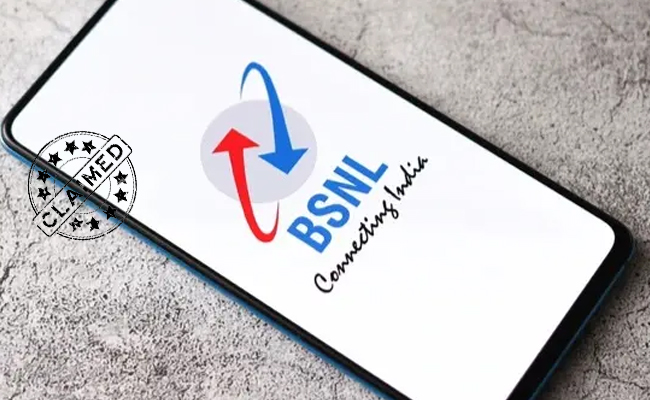
Sterlite Technologies' Rs 145 crore claim against BSNL rejecte
An arbitrator has rejected broadband technology company Sterlite Technolog...
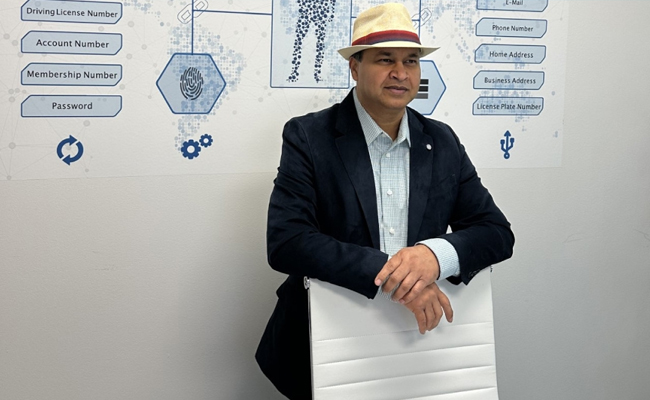
ID-REDACT® ensures full compliance with the DPDP Act for Indi
Data Safeguard India Pvt Ltd, a wholly-owned subsidiary of Data Safeguard ...

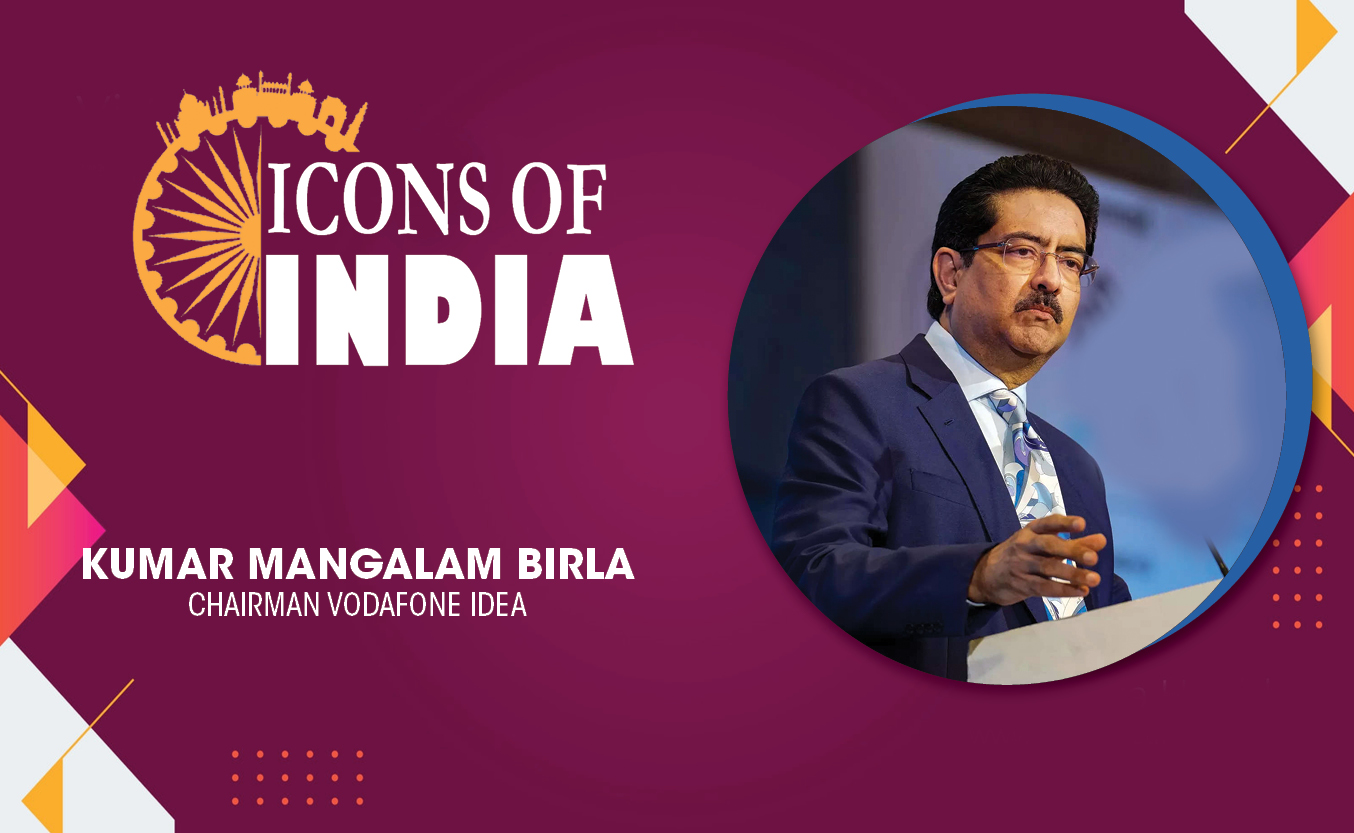
Technology Icons Of India 2023: Kumar Mangalam Birla
Aditya Birla Group chairman Kumar Mangalam Birla’s return to Vodafon...
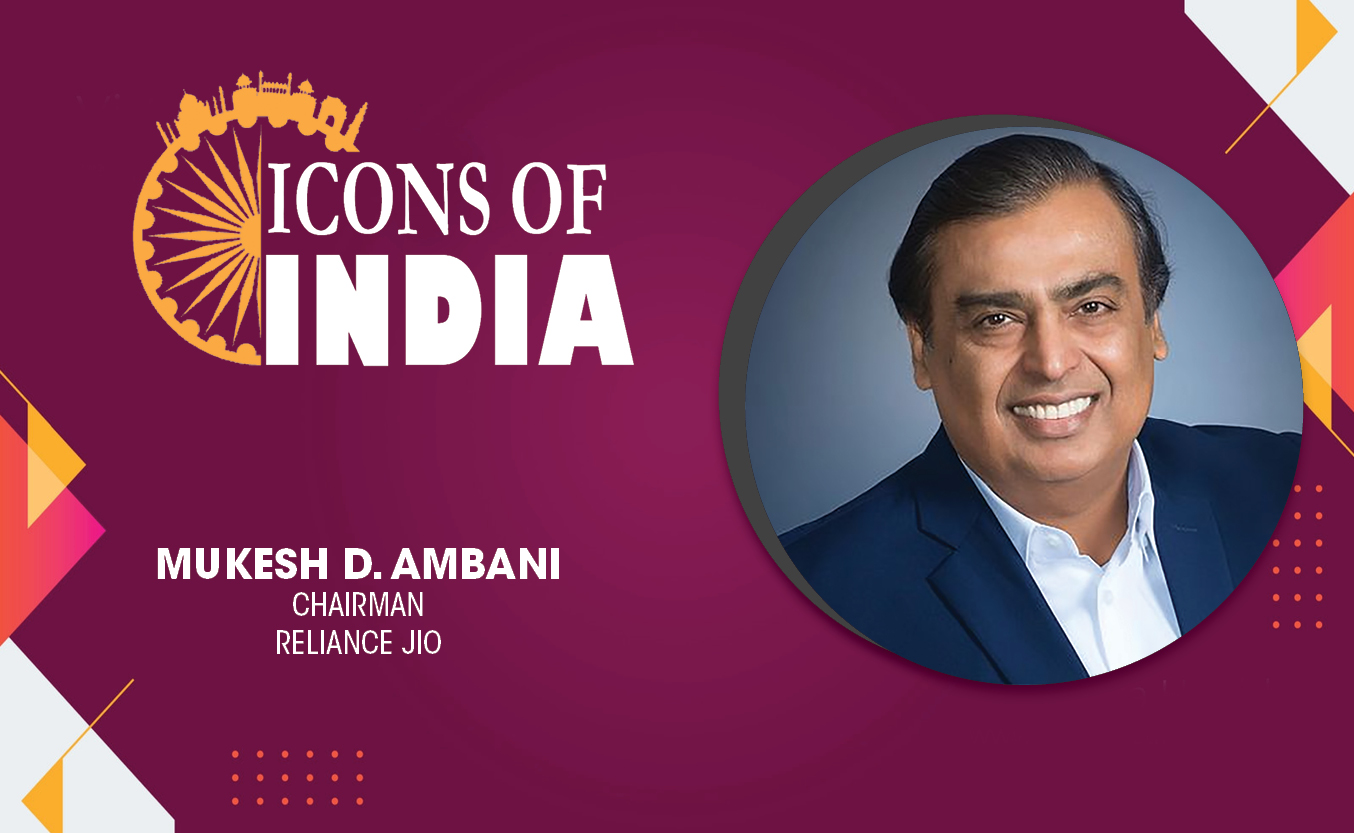
Technology Icons Of India 2023: Mukesh D. Ambani
An Indian billionaire businessman Mukesh Dhirubhai Ambani is currently...
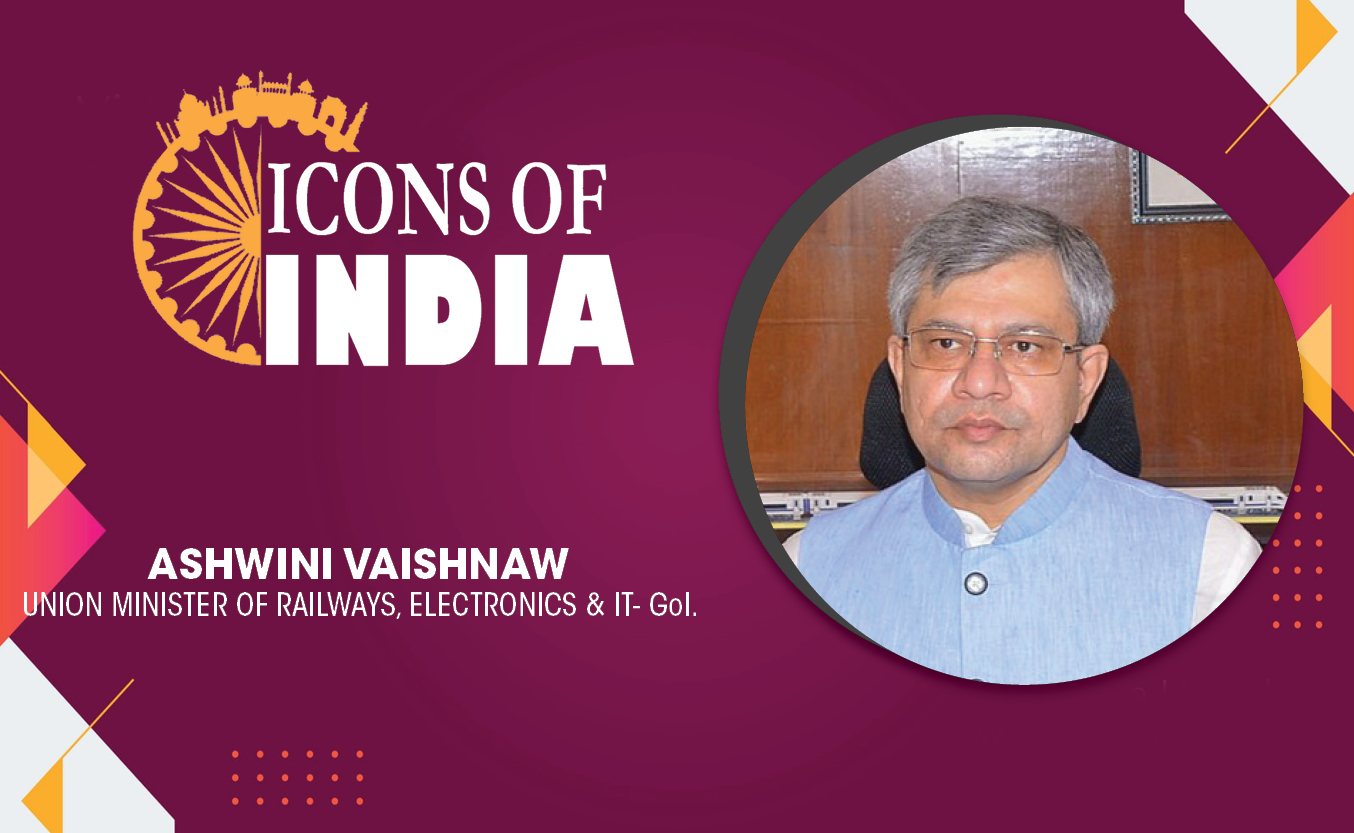
Technology Icons Of India 2023: Ashwini Vaishnaw
Ashwini Vaishnaw is an Indian politician and former IAS officer and is...

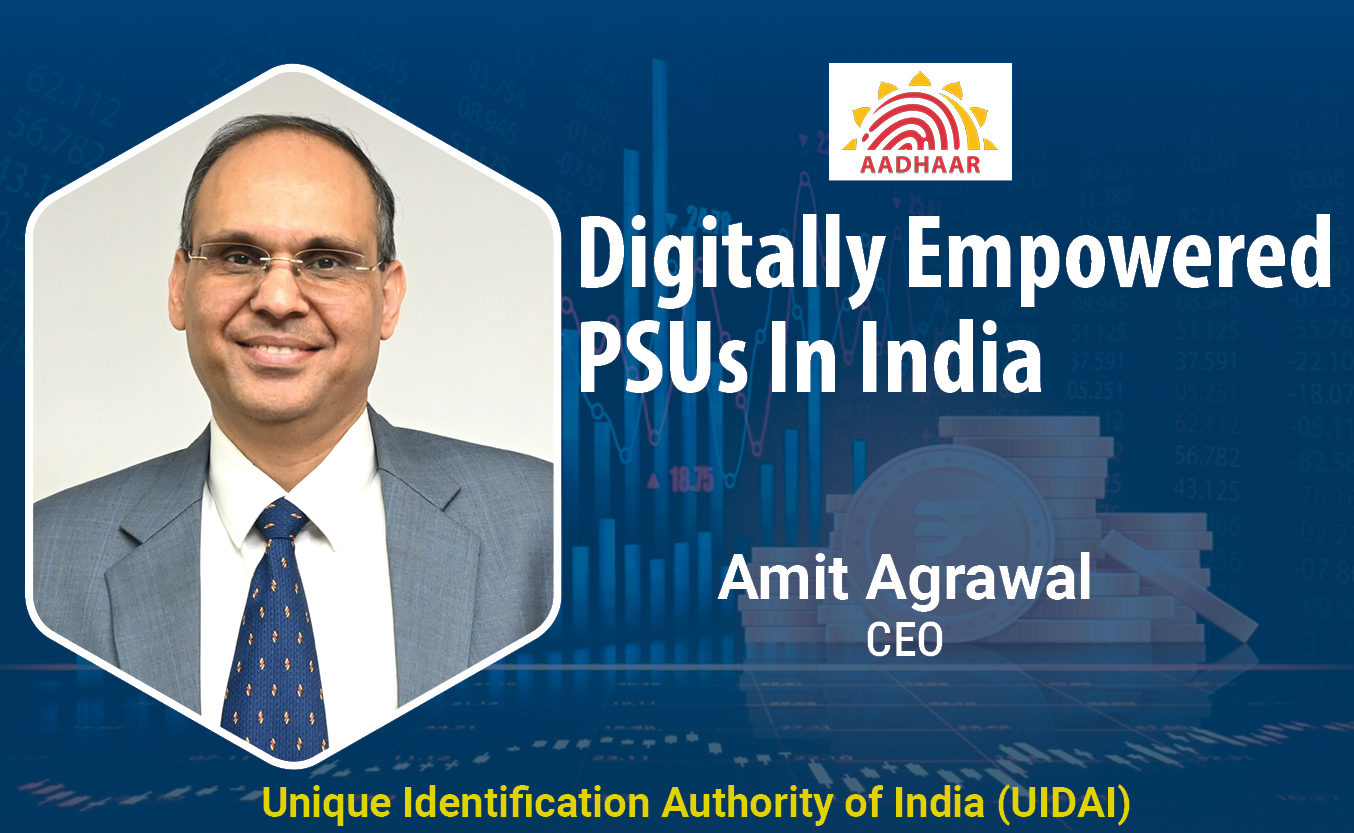
Aadhaar: Architecting the World's Largest Biometric Identity System
The Unique Identification Authority of India (UIDAI) is a statutory au...
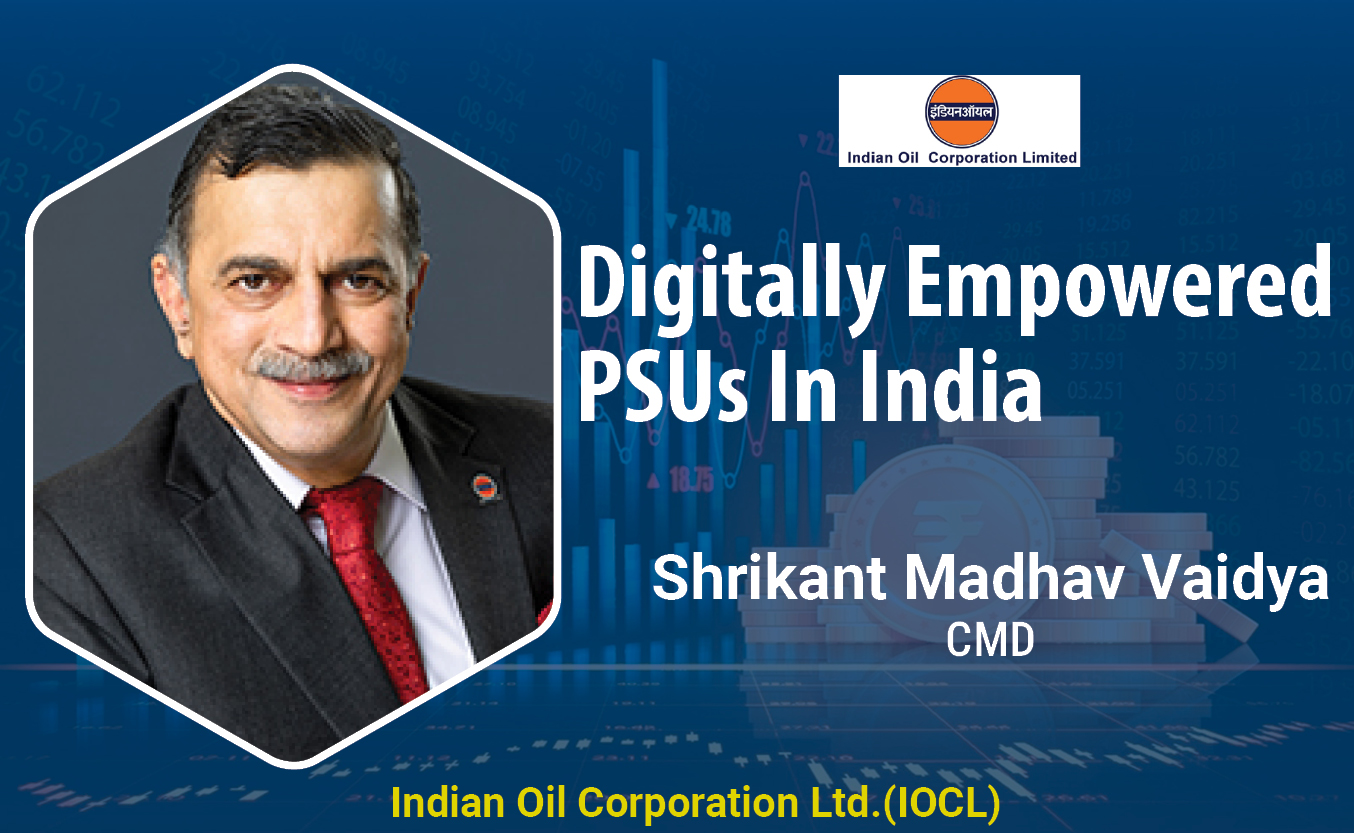
INDIANOIL helps reach precious petroleum fuels to every nook and corner of the country
IndianOil, a diversified, integrated energy major with presence in alm...
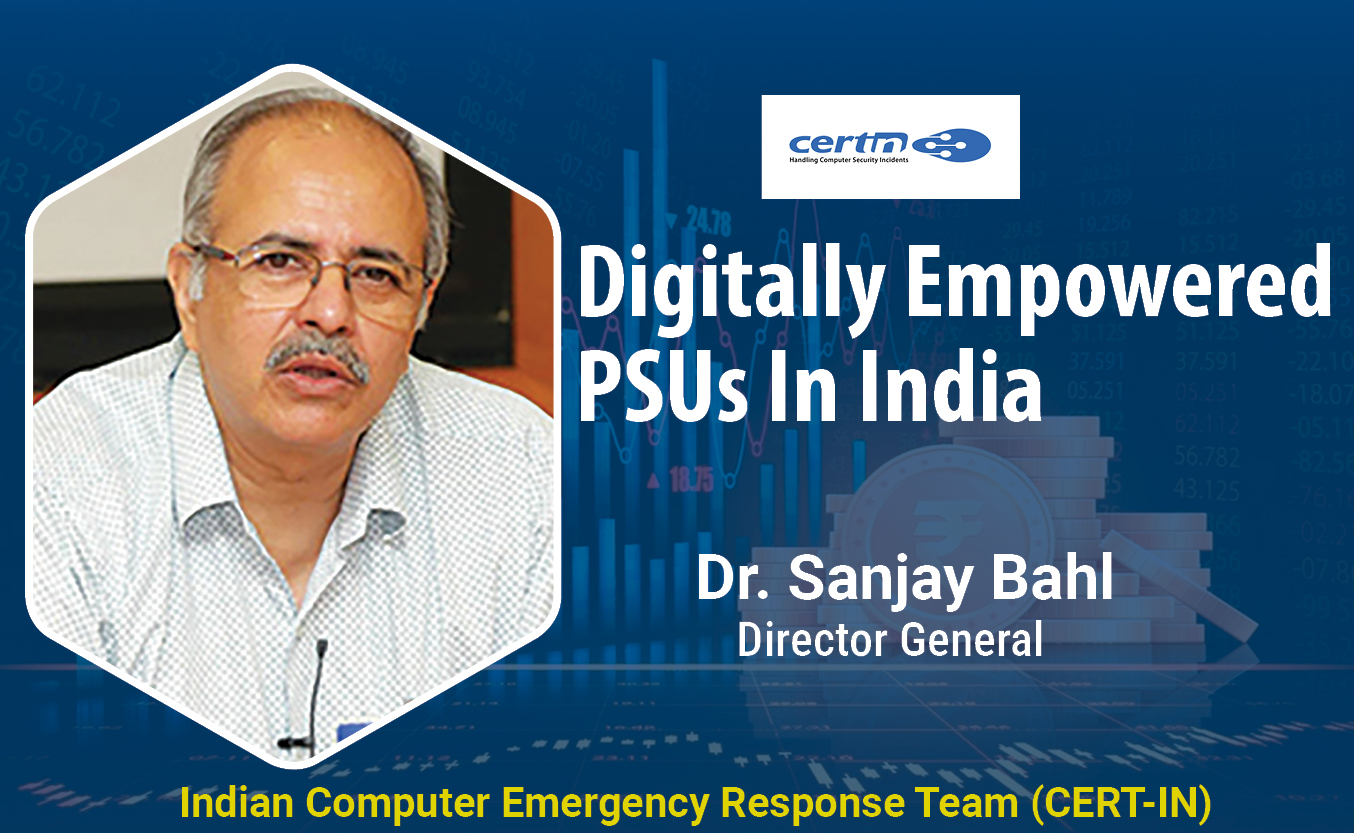
CERT-IN protecting the cyber security space of India
CERT-In serves in the area of cyber security threats like hacking and ...

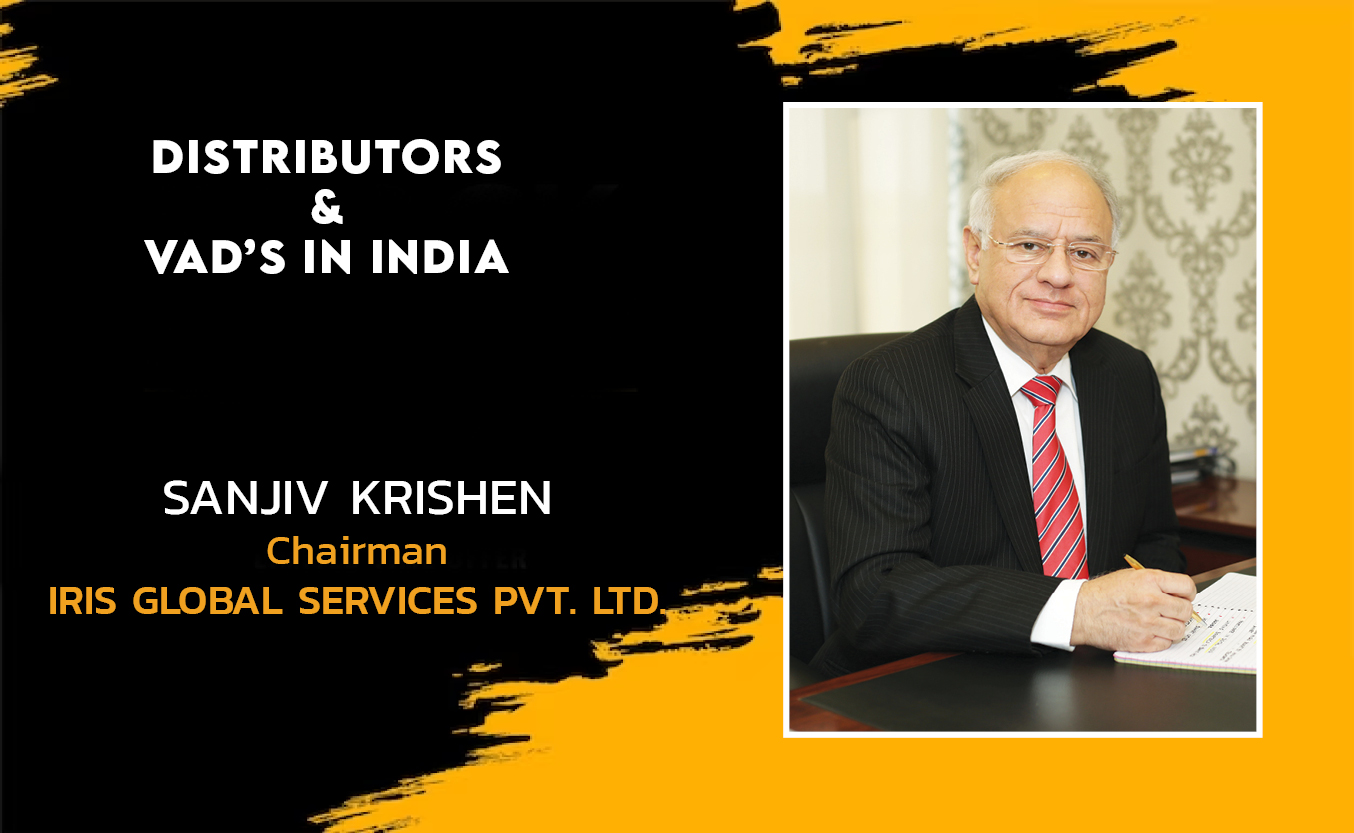
IRIS GLOBAL SERVICES PVT. LTD.
Iris Global services is one of the leading distribution houses that d...

BEETEL TELETECH LTD.
: Beetel is one of the oldest and most reputed brands in the Industry,...

TEXONIC INSTRUMENTS
Texonic has carved a niche for itself in the Technology Distribution i...